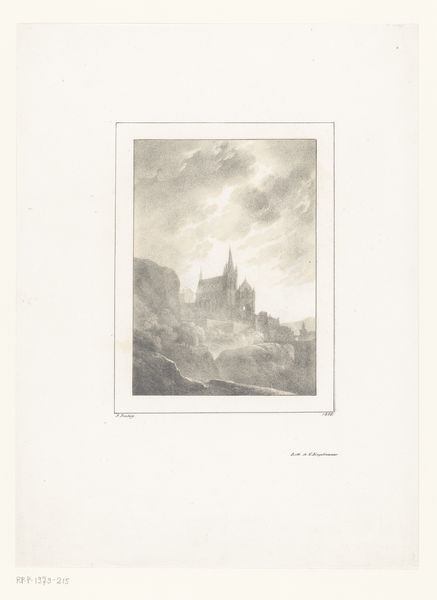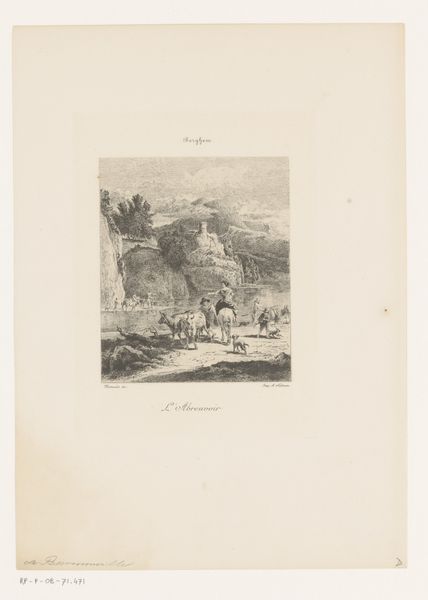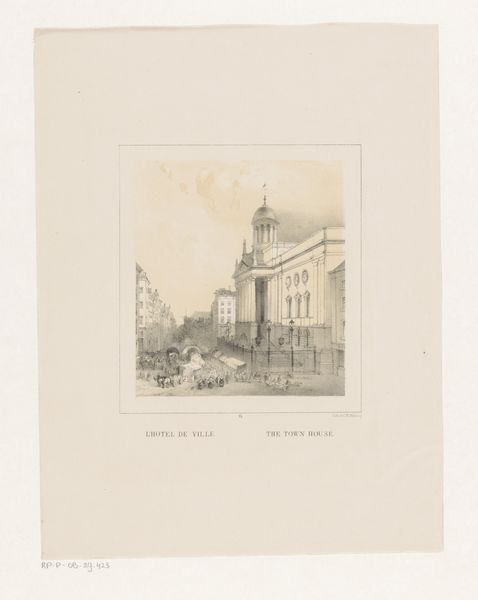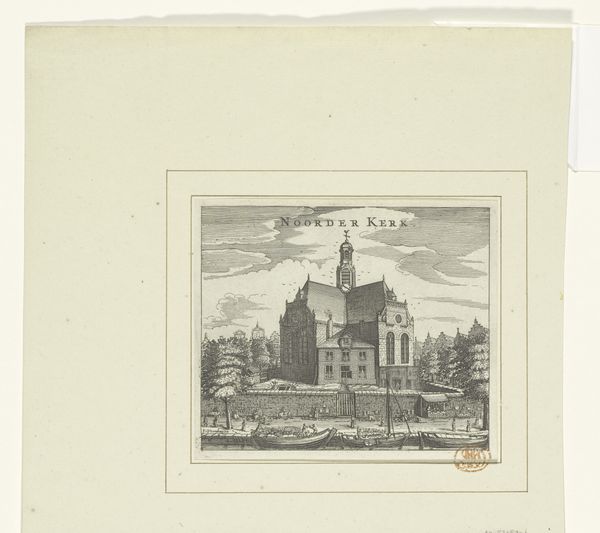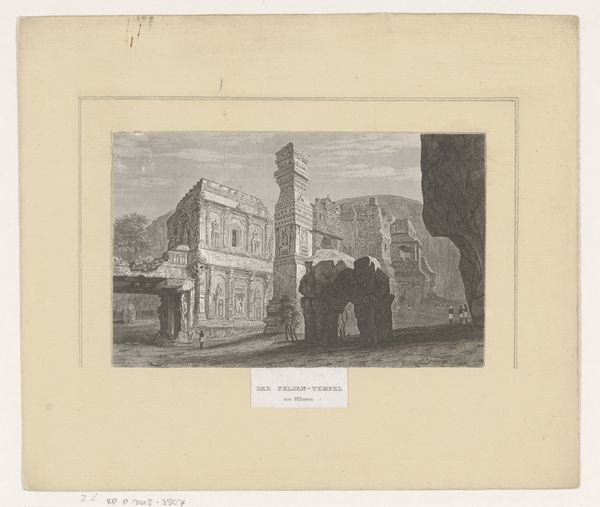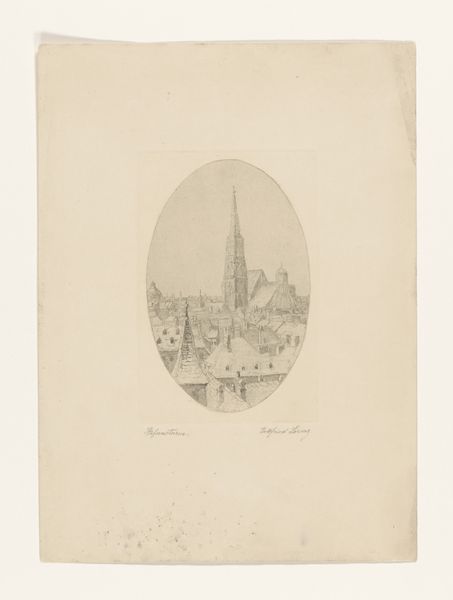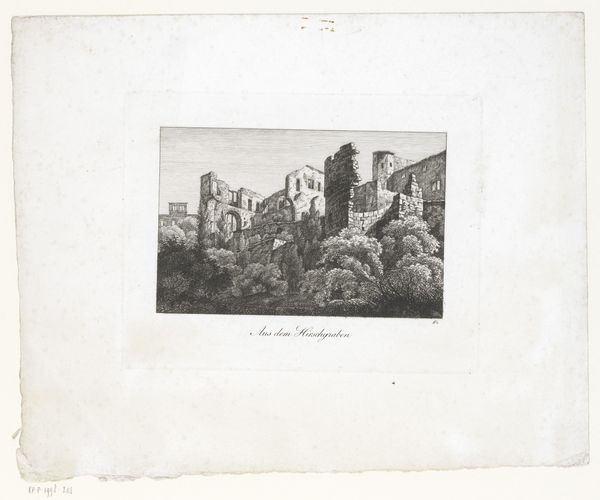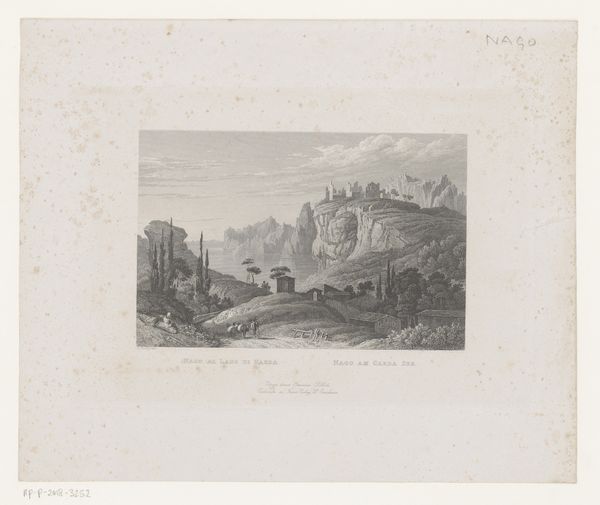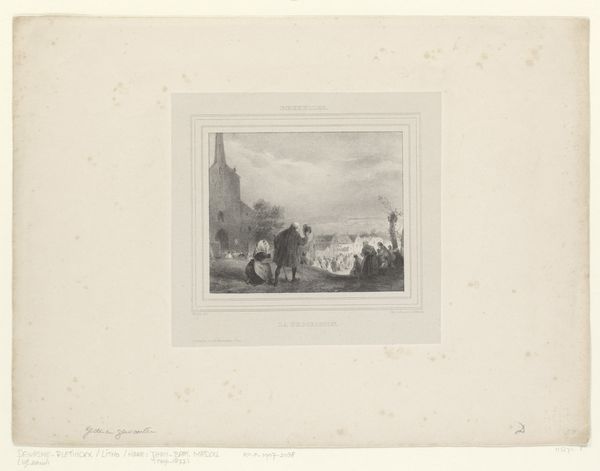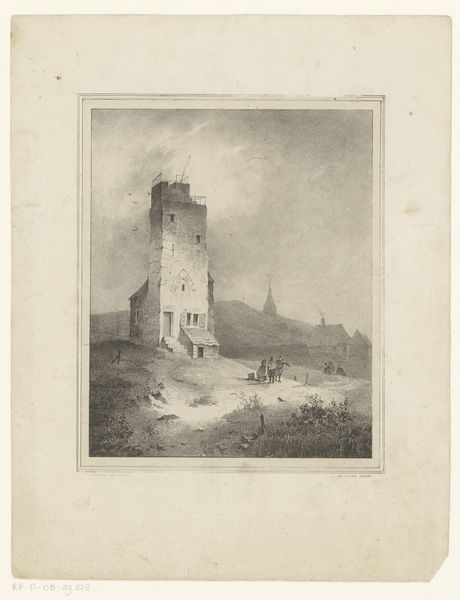
print, engraving, architecture
# print
#
cityscape
#
engraving
#
architecture
#
realism
Dimensions: height 359 mm, width 274 mm
Copyright: Rijks Museum: Open Domain
Editor: This engraving from before 1871 by Cornelis Springer, "Notre-Dame-de-la-Garde te Marseille," shows a distant view of a church on a hill. The fine detail is quite impressive. How do you interpret this work, particularly the placement of the church within the cityscape? Curator: The deliberate placement immediately suggests a potent symbol. Churches, especially those perched high above, often serve as beacons, physically and spiritually. Notice how the lines of perspective lead the eye upward? This visual ascent echoes a desire for transcendence. Editor: That's interesting. I hadn't thought of it as a deliberate choice, more of just documenting a building. Curator: But consider the historical context! The placement evokes ideas about cultural identity, especially for port cities. What do you see inscribed there at the base? Editor: I believe it says “Notre-Dame-de-la-Garde te Marseille." It must mean the cathedral watches over the people of the city. Curator: Precisely! Images of the Virgin Mary, the namesake of this church, were seen as protectors of safe journeys. And for a port city teeming with travellers, it acted as a grounding visual for cultural memory, a promise for safety. Look closer at the base where you see people ascending the steps… doesn't it almost hint at a spiritual journey? Editor: I see what you mean! The pilgrimage is also part of the imagery itself. That connection really makes this work come alive for me. Curator: Yes, seeing how those visual components interact can reveal hidden cultural and emotional meanings, still felt today.
Comments
No comments
Be the first to comment and join the conversation on the ultimate creative platform.
